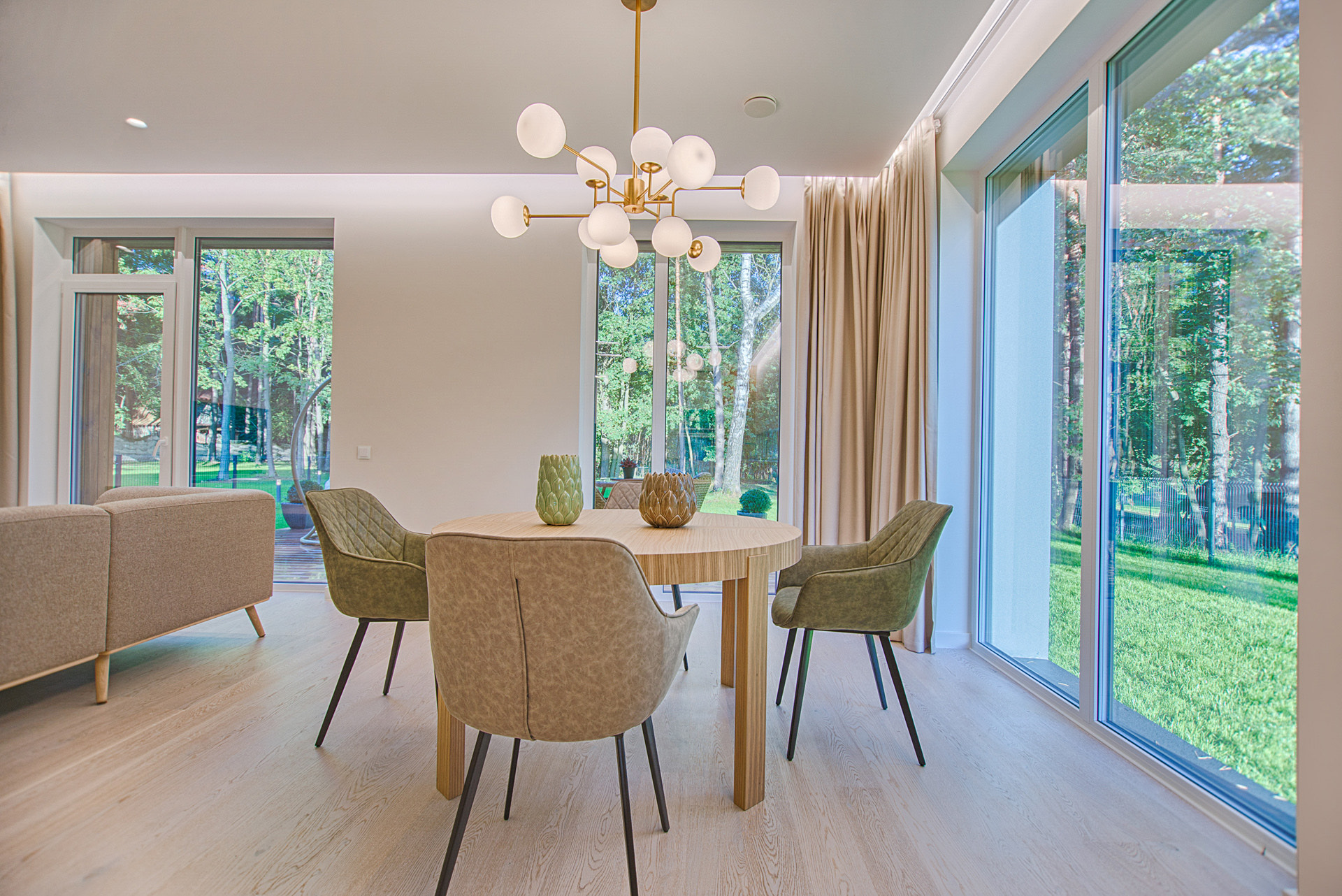We’re nearing the end of April now but since it was National Home Improvement Month
we’re sure that there are many of you out there who have really gone all out with your
interior design and renovation projects.
And we’re equally sure that there are just as many – if not more – of you out there who are
keen to keep the momentum up and carry on improving your properties in May and well
beyond.
If you’re thinking about having extensions done to your Liverpool property over the next few
weeks and months, and you have a shared property boundary (known as a party wall) with a
neighbour, what you absolutely must do is tell them if you want to carry out any building work
near it or on it.
Party walls stand on the land of at least two owners and either forms part of the building or
appears as a garden wall (not wooden fences, however). There are also party structures that
you may need to consider as well, either a floor or other structure that separates buildings
with different owners, such as flats.
Party wall agreements are different from building regulations approval and planning
permission, which is also worth bearing in mind.
You will need to tell your neighbour if you want to dig below or near the foundation level of
their home, work on an existing party wall or build on or at the boundary of the two
properties. Your neighbours won’t be able to stop you from making changes to your house
(as long as they’re within the law), but they can affect how and when the work is carried out.
You’ll also need to give your neighbours enough notice before you start the job in question,
between two and 12 months before you intend to begin the building works. You can speak to
them, of course, but you will need to give notice in writing. Any agreement reached between
the two of you should also be in writing.
The idea behind the Party Wall etc Act 1996 is to prevent and resolve disputes about party
and boundary walls, as well as excavations near adjacent buildings. Typical work covered by
the Act includes cutting into party walls, removing chimney breasts, knocking down and
rebuilding party walls, making party walls taller, shorter or deeper, and digging below the
foundation level of a next door property.
With upwards extensions becoming increasingly popular these days, you might also want to
look into permitted development rights. This means you might not have to apply for planning
consent in order to build upwards – but do remember that party wall legislation will still
remain in place and you will need to adhere to this if building upwards.



